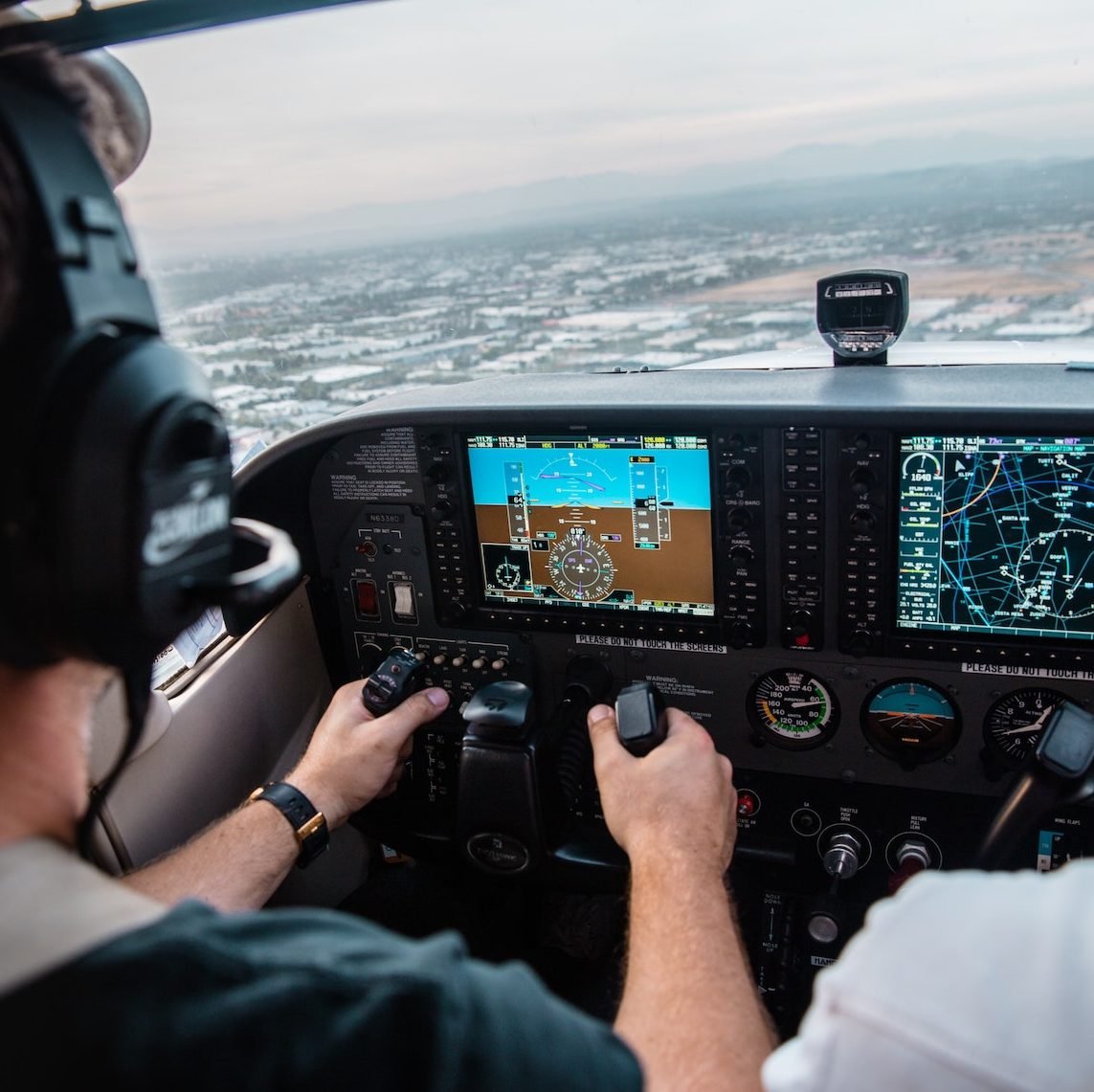
Advanced
Flight Training
-
Most pilots pursue advanced training as part of a professional pilot career progression. But many hobbyist pilots also use additional training to polish their skills, reduce insurance premiums, gain confidence, and share their passion with others! We proudly offer the following advanced courses:
Instrument
Commercial
Multi-Engine
Flight Instructor
Tailwheel Training
Aerobatic Training
Upset Recovery Training
Companion Pilot (right seat) Training
-
Operate confidently in clouds and fog.
Training Overview
Can you walk and chew bubble gum at the same time?Instrument training refines a pilot’s basic instrument skills, then layers on additional tasks: tuning radios, briefing approaches, and flying complex procedures down to a runway that they can’t even see until 20 seconds before touchdown! It’s a challenging, immensely rewarding process.
Requirements
40 hours FAA minimum (35 hours if enrolled in our FAA-certified part 141 training course)Instrument applicants must have 40 hours of instrument time, and at least 20 must be with an instrument instructor (CFII). The remaining hours can be either with an instructor or with a ‘safety pilot’ practicing your instrument flying skills.
Because our instrument program is Part 141 certified, we are able to waive the 50-hour cross country requirement and up to 5 total flight training hours—a huge cost savings!
Investment
$7,000 — $10,000Note: Costs vary greatly depending on aircraft used, student commitment, and how consistently the student chooses to fly. Like primary training, the total training time and cost can be substantially reduced by flying regularly, preparing thoroughly, and lots and lots of chair flying!
-
A Commercial Certificate gives you permission to pursue employment as a pilot, and also permits you to work freelance under certain circumstances. Bottom line: you can get paid to fly!
Training Overview (Mastery)
Commercial certification standards emphasize mastery of your aircraft. As a result, certification requirements include significant time-building, cross-country flying, and advanced maneuvers. You are also expected to understand systems to the extent that you can be trusted to act responsibly as a professional pilot.
Requirements (250 hours minimum)
Applicants require at least 250 hours of total time, and certain cross-country and night requirements. Beyond that, aspiring commercial pilots must pass a written, oral, and practical exam.
If enrolled in Mach 5 Aviation’s FAA certified Part 141 Commercial course, then the requirement is only 120 hours of instruction! A massive cost savings for pilots moving quickly from one rating to another!
Investment
Highly variable. Please contact a member of the Mach 5 leadership team for advice.Generally commercial applicants are prepared for the checkride before they’ve met minimum FAA experience requirements. The actual skills-based training for commercial pilot examination is typically less than 20 hours. Please contact us to chat about your specific situation.
-
Multi-engine flying is a core competency for pilots aspiring to airline and corporate careers. It’s fun, but serious business.
Training Overview (Flying OEI)
The core of multi-engine training is planning for an engine failure and flying with one engine inoperative (OEI). Multi-engine pilots must be ready—at any moment—to deal with an engine failure and assure a safe outcome.
Requirements (10 hours minimum)
Unlike other certificates, multi-engine pilots don’t require a written exam. They’ll simply need to pass a checkride (oral and practical). For most multi-engine students this requires between 10 and 20 hours of training.
Investment (20 hours)
Multi-engine training teaches critical concepts, but builds off existing knowledge. Adequately prepared students should not expect to take more than 20 hours of flight time to be checkride-ready.
-
We offer flight instructor initial (CFI), instrument instructor (CFII), and multi-engine instructor (MEI)
Training Overview (Teaching while you fly)
Instructor training involves teaching in the classroom, and then demonstrating those lessons in the airplane.
Requirements
Commercial + InstrumentCFI Applicants Must:
Have a Commercial Certificate
Have an Instrument Rating
Pass a Fundamentals of Instruction (FOI) written exam
Pass a Flight Instructor Airplane (FIA) written exam
Pass the checkride (oral and practical)
Investment (Highly variable)
Instructor training is wholly focused on an applicant’s proficiency, but the amount of training required to reach proficiency is variable. We recommend planning on at least $3K in training costs.
-
Refine your stick-and-rudder skills, increase your comfort in upset recovery, and deepen your aerodynamic knowledge.
Training Overview (Nothin’ Official)
Tailwheel and Aerobatic training have few legal requirements. That means there’s less time checking boxes and more time refining skills! This is one of the most rewarding training programs, because it’s entirely dedicated to your learning and progress!
Aerobatic Training (Loops, Rolls, & More)
Deepened understanding of aerodynamics, and comfort throughout the flight envelope are valuable skillsets for all pilots.
Tailwheel Training (Rudder Practice on Steroids)
Tailwheel training is the best readily-available stick-and-rudder training. The level of precision required to land a tailwheel airplane is much higher than in tricycle gear airplanes, and this gives pilots the opportunity to aim smaller and miss smaller.
